The distinctive and characteristic landscape of Otago includes the Southern Alps and alpine lakes, large high country stations, dry central areas with tussock grassland and tors. There are dramatic coastlines around the Otago Peninsula and the Catlins and lowland pasture country is common in the west.
Approximately 23% of New Zealand’s lake surface area occurs in Otago and the region produces 17% of New Zealand’s hydroelectric generation. Despite large total water volumes present in the region, many areas of Otago are locally short of summertime water and irrigation is an important feature.
Rainfall throughout Otago is highly variable. Predominant westerly winds and strong mountainous influences caused by the Southern Alps result in the Clutha headwaters receiving up to 2,400 mm as an annual average. Central Otago receives much less rain due to the rain shadow effect of the Alps, with Alexandra and the Upper Taieri receiving on average less than 400 mm annually, the lowest in region.
The Manuherikia Valley has an average of between 400 and 500 mm, with the Shag and Kakanui receiving an average of 600 mm. Strong southerly, south-easterly or easterly winds can bring heavy rain to the south and east of Otago. Average annual rainfall in the lower Clutha catchment is about 600 mm, the Pomahaka catchment 850 mm, and the upper Water of Leith more than 1,000 mm.
Over 60 river and stream sites are included in Otago Regional Council’s State of Environment monitoring programme, with an additional eight sites are monitored by NIWA. The sampling sites cover a range of land uses and catchment land cover. Monitoring focuses on areas with potential pressure on water quality due to urban or farming activity. Therefore, many low- risk less populated river catchments are not monitored regularly.
The quality of water in much of Otago is among the highest in New Zealand. Water quality monitoring has shown that the rivers draining the higher altitude lesser developed areas and the outlets of the large lakes in Central Otago consistently have excellent water quality. Rivers with very good water quality also include the Kawarau, Cardrona, Manuherikia, and Waipori.
The effects of urbanisation and intensive farming are putting pressure on water quality and aquatic ecosystems. Dunedin’s urban waterways have stormwater contamination and intensive farming is having a detrimental effect in south and west Otago. However, water quality is improving in areas previously identified as having problems caused by larger urban and industrial waste discharges (point source pollution).
Monitoring shows that for most of the year air quality in Otago is very good, with baseline values within national standards for clean air. During winter months home-heating emissions increase with cold temperatures and coupled with calm weather conditions lead to reduced air quality, particularly in areas of Central Otago.
Otago Regional Council operates a State of the Environment air quality monitoring network throughout the region. Over the past ten years monitoring has focused on airborne particulates less than 10 micrometres across or PM10.
Recognising the challenges of improving air quality, the council has phased in emission limit rules for domestic heating appliances in Central Otago. The council operates a Clean Heat Clean Air programme to assist residents with installing clean heating appliances and insulation, with over a thousand homes improved under the scheme to date.
Long-term trends show air quality is gradually improving in parts of the region (Alexandra, Arrowtown and Clyde); although in other areas (Mosgiel and Cromwell) it may be declining.
Otago Regional Council is reviewing its Air Quality Strategy during 2016 to look at further steps for improving air quality throughout the region.

